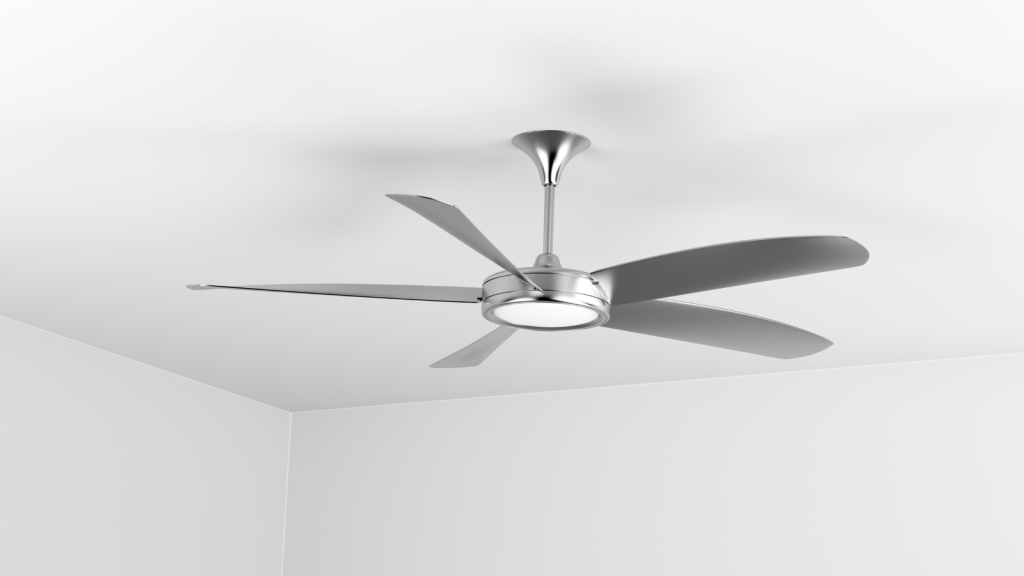As we eagerly anticipate the arrival of summer, a pertinent topic is on the minds of landlords and tenants alike: the role of ceiling fans in rental properties.
During open houses, we’ve been fielding inquiries from potential tenants about the availability of air conditioning or ceiling fans, signalling the approaching hot summer days. Today, let’s delve into the question of whether ceiling fans are a cool addition or just a breeze of hassle.
For property investors, the return on investment is a crucial consideration. In our region, spanning the Northern Beaches and lower North Shore, tenants are increasingly willing to pay a premium for well-maintained properties with added features like dishwashers, outdoor spaces, or study nooks. Notably, cooling amenities such as ceiling fans and air-conditioning are climbing the ranks of tenants’ wish lists.
Experienced tenants recognise the value of sustainable living, with ceiling fans being a desirable feature. These fans not only enhance overall appeal but also promote better air circulation, creating a comfortable living environment even in the face of rising temperatures.
As we approach a scorching summer, ceiling fans are poised to be a bonus. We predict that these features will continue to grow in importance for tenants, aligning with the broader trend of prioritising comfort and sustainability.
While ceiling fans are an energy-efficient alternative to traditional cooling systems like air conditioning, it’s typically the tenant who reaps the rewards of reduced utility costs.
If your property faces issues related to poor air circulation, such as mould or damp scents, ceiling fans can play a role in mitigating these concerns.
But what about the costs of installing a ceiling fan?
The expenses include the fan itself and the electrician’s labour for installation. Fans are available at various price points, ranging from $100 to $1,700 at Bunnings (or course there are fans out there at much higher price points than this). However, it’s crucial to balance cost with durability, value for money, and performance. (read – runs quietly!) Recently electricians have recommended reliable fans around the $250 mark.
Labor costs depend on factors like ceiling material and existing light fixtures. Installation in a concrete ceiling without existing wiring differs from a gyprock ceiling with accessible roof space.
Recent examples show total fan & installation costs around $700 for a mid-level apartment building.
Considerations extend beyond costs; practicality and aesthetics matter too. Ensure a ceiling fan won’t clash with wardrobe doors, and weigh the aesthetics of conduit installation for wiring. Deciding between a wall switch or remote control is also important. While remotes offer convenience, their tendency to go missing might make wall-mounted switches a more landlord-friendly choice.
Quantifying the return on investment for a ceiling fan in terms of increased rent can be challenging. It may not necessarily result in a higher weekly rent, but it elevates the property’s standing among competing rentals, contributing to its overall appeal.
In conclusion, features like ceiling fans are poised to become more significant in tenants’ desired features lists, making them an investment worth considering.


